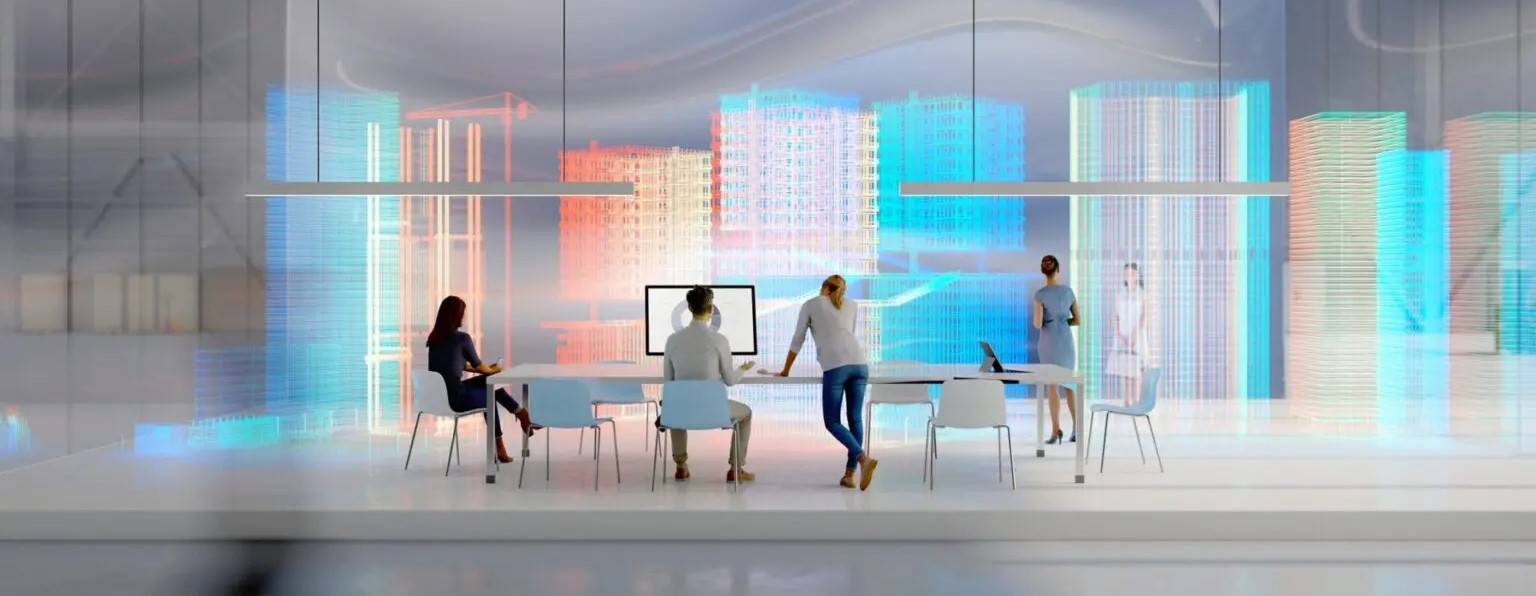What began as an immediate solution to a global pandemic has quickly transformed into the “new normal”. Offering a good mix of remote and onsite business models, hybrid work is now shaping the new culture at work. But the success of the hybrid work model depends largely on the CEO’s ability to enable seamless and stress-free communication – both remote and face-to-face.
Steps to Take
With markets slowly starting to thrive, it’s time for CEOs to take the hybrid workplace model seriously. While a majority of the global workforce might never be ready to head back to the office on a full-time basis, CEOs have to strike the right balance for their remote and onsite employees. With 73% of global workers wanting to retain flexibility in their work schedules, here are some changes CEOs will have to embrace to make the hybrid workplace work:
1. Move from a Business-centric Approach to a Human-centric Approach
One of the most important aspects to keep in mind while setting up the hybrid work model is to take a human-centric approach. With 43% of leaders saying relationship-building is the greatest challenge in remote and hybrid work, CEOs need to focus on people and build a workplace that enables and does not restrict effective communication. Such an approach is vital to ensure all decisions are taken keeping the needs, challenges, and aspirations of the workforce in mind. It further makes sure that solutions are designed around the user, offering ease and efficiency via intuitive interfaces.
2. Design an Innovative Hybrid Workspace
The introduction of a new work model requires a complete redesign of the workplace. To ensure hybrid workplace success, CEOs will have to undertake a thorough evaluation of their current work setting and determine the changes they need to make to create a workplace environment that is ideal for hybrid work. Since face-to-face interactions will drop, it will be crucial for CEOs to decentralise offices, transform workstations into hybrid meeting spaces, and also create low-touch spaces to ensure the health and safety of the workforce.
3. Offer a Decent Level of Remote/Onsite Flexibility
With 55% of employees preferring to work remotely at least three days a week, CEOs need to be clear about the level of onsite/remote mix they plan to offer. Depending on your business and the roles your employees play, make sure to offer a good blend of onsite and remote work – so your goals are accomplished, and your employees are happy with the flexibility you offer. Such flexibility is also important to ensure your workforce has adequate work-life balance as they switch between their professional and personal lives.
4. Embrace Technology to Drive Up Engagement, Communication, and Collaboration
For CEOs that expect the same level of productivity and efficiency from employees working remotely as when they work from the office, it is important to provide the workforce with the tools that support the hybrid work culture. Embracing modern technology innovations is important to empower the workforce with the capabilities they need to drive up engagement, communication, and collaboration and continue meeting business goals with ease.
5. Say Goodbye to Traditional Approaches to Security
As businesses move to the hybrid model, continuing to rely on traditional security tools and systems can negatively impact the business. To ensure employees continue to access corporate networks securely, CEOs will have to revamp their approach to security: right from automating device and security updates to fuelling stronger data encryption, delivering periodic security training, implementing multifactor authentication, moving towards zero-trust, and more.
The Role of AV solutions
Integrated AV solutions can pave the way for simplified and seamless communication. By making every employee (and customer) interaction engaging, these solutions can increase productivity in the hybrid workplace. Designed to transcend spaces and connect people across multiple locations and devices, modern AV solutions can empower geographically dispersed remote teams and empower them to work towards a common goal.
With the right AV solutions in place, organisations can:
- Connect onsite and remote teams via physical and virtual spaces to enhance collaboration and productivity
- Stay ahead, even as they expand globally and work cultures become increasingly hybrid
- Engage in rich, real-time communication using a single platform for video conferencing, screen sharing, email, or instant messaging and make meetings more effective
- Leverage advanced meeting, video conferencing, and digital display solutions to improve customer interactions while creating the right impression at every touchpoint
- Customise unified communication for huddle rooms and small, medium, and large meeting rooms
- Enhance boardroom discussions via active LED displays, wireless presentation systems as well as advanced lighting and sound solutions
- Make the most of interactive AV-enabled training solutions to improve the training experience via superior sound systems, unified communications, interactive displays, and advanced wireless systems
- Ensure the right lighting to set the tone of any meeting and make presentations more impactful via different modes such as presentation mode, video conferencing mode, dimming mode, and ‘on-off’ mode
In a Nutshell
As companies expand in size and gain a global footprint, it has become critical to establish and sustain a hybrid workforce. Advanced AV solutions enable CEOs to build experience centres that enable employees to tell their stories and share their vision. Using interactive virtual environments that are enhanced with immersive audiovisual technology, CEOs can streamline communication, enhance collaboration, and improve the productivity of the modern workforce that is increasingly working from remote and onsite locations.



